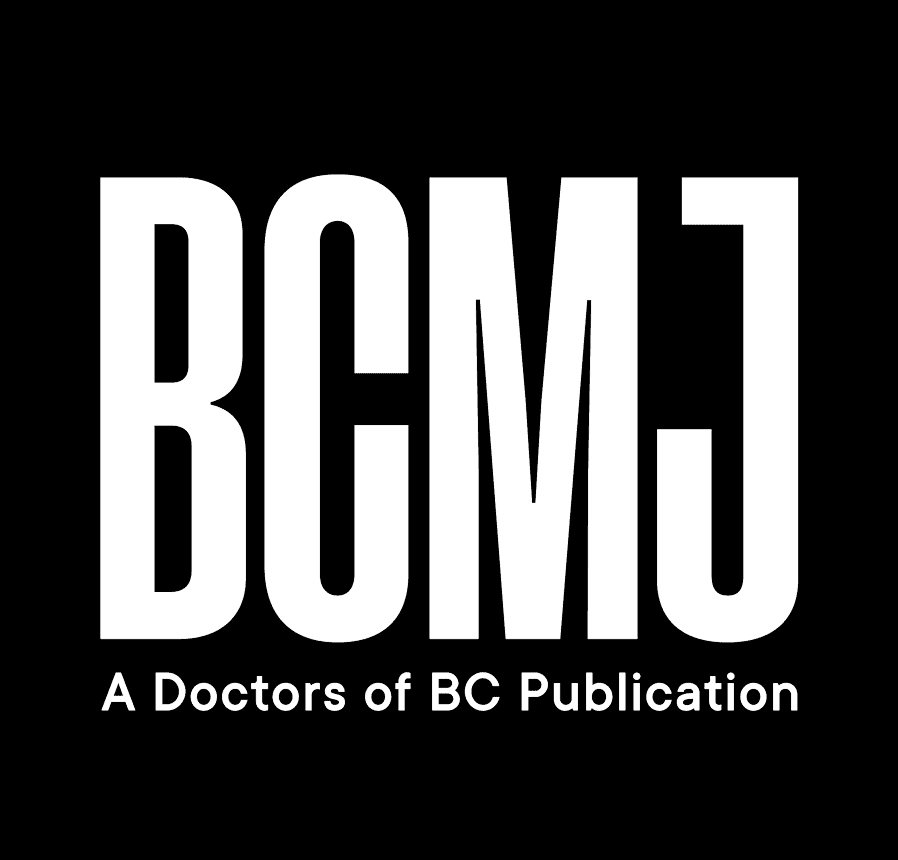Cervical screening for people experiencing homelessness, addiction, or mental illness
I read with great interest two articles in the December 2024 BCMJ regarding cervical screening, in particular screening in populations that experience challenges. I appreciated the outstanding and culturally sensitive work with First Nations and Métis communities [BCMJ 2024;66:370-374].
I work with people experiencing homelessness, addiction, and mental illness. This work is via health authority clinics. I have long been aware of the possibility of simpler acceptable means of screening using human papillomavirus swabs. The problem is that when managers or staff show interest in this option, they often move on to other positions. It is difficult to elevate this issue to a level where an executive will take responsibility and introduce the screening at all our clinics.
There are added difficulties in helping people who have no address or email access and are disabled to the extent that they cannot reliably take part or follow up unless they are helped to do so. I hope someone reading this letter will take notice and persuade health authority support services to, as the movie says, “do the right thing.”
—Ralph Jones, MD
Chilliwack
This letter was submitted in response to “Cervical screening in BC—Change inspired by First Nations and Métis communities.”
hidden
 |
| This work is licensed under a Creative Commons Attribution-NonCommercial-NoDerivatives 4.0 International License. |

